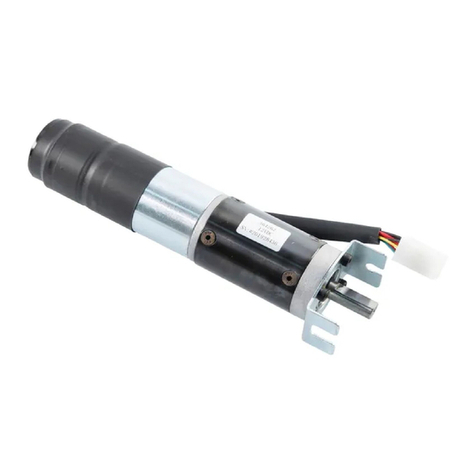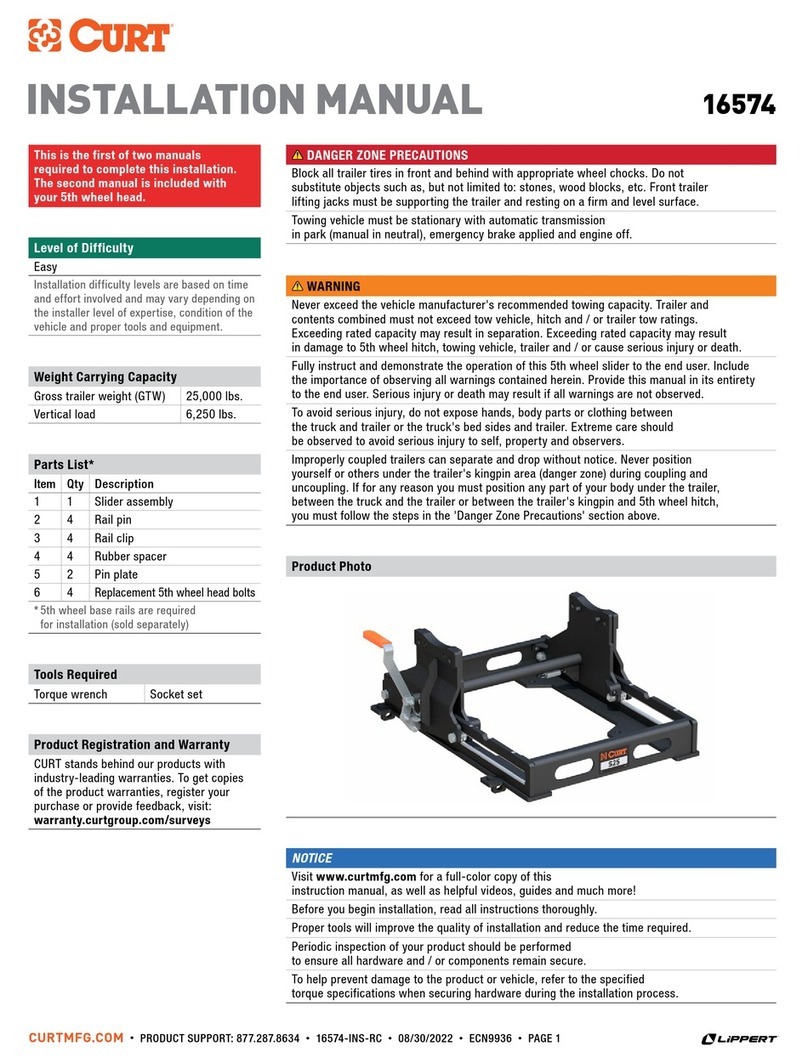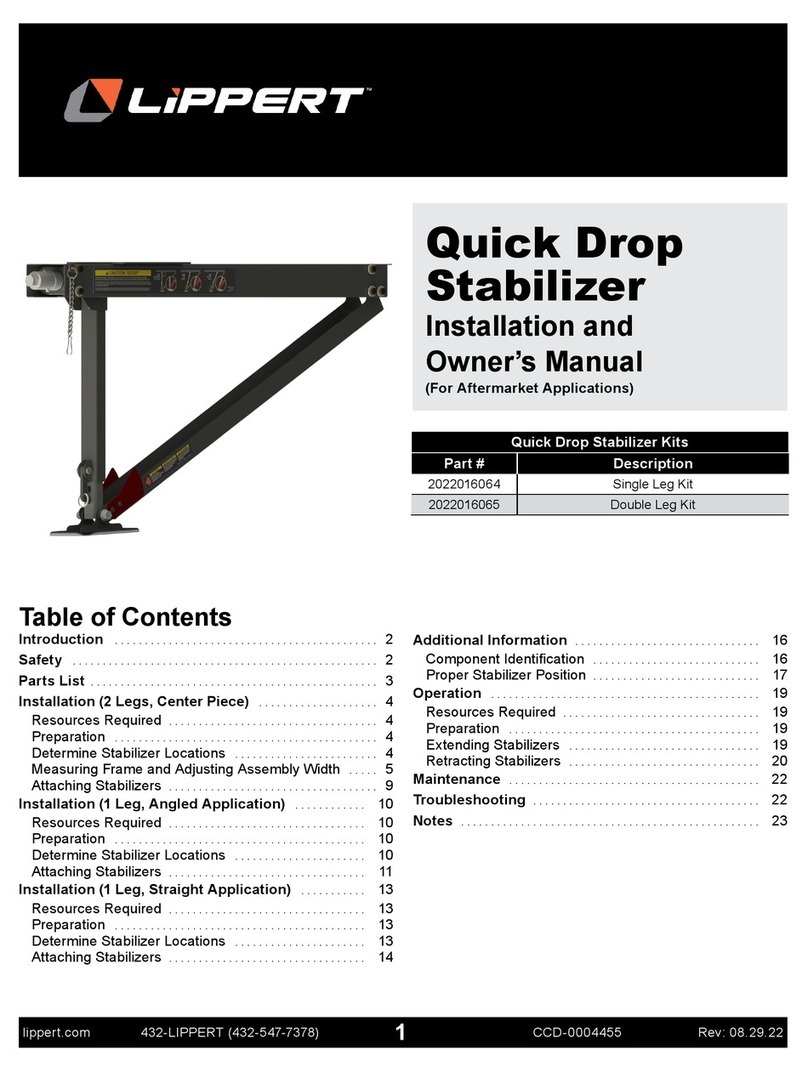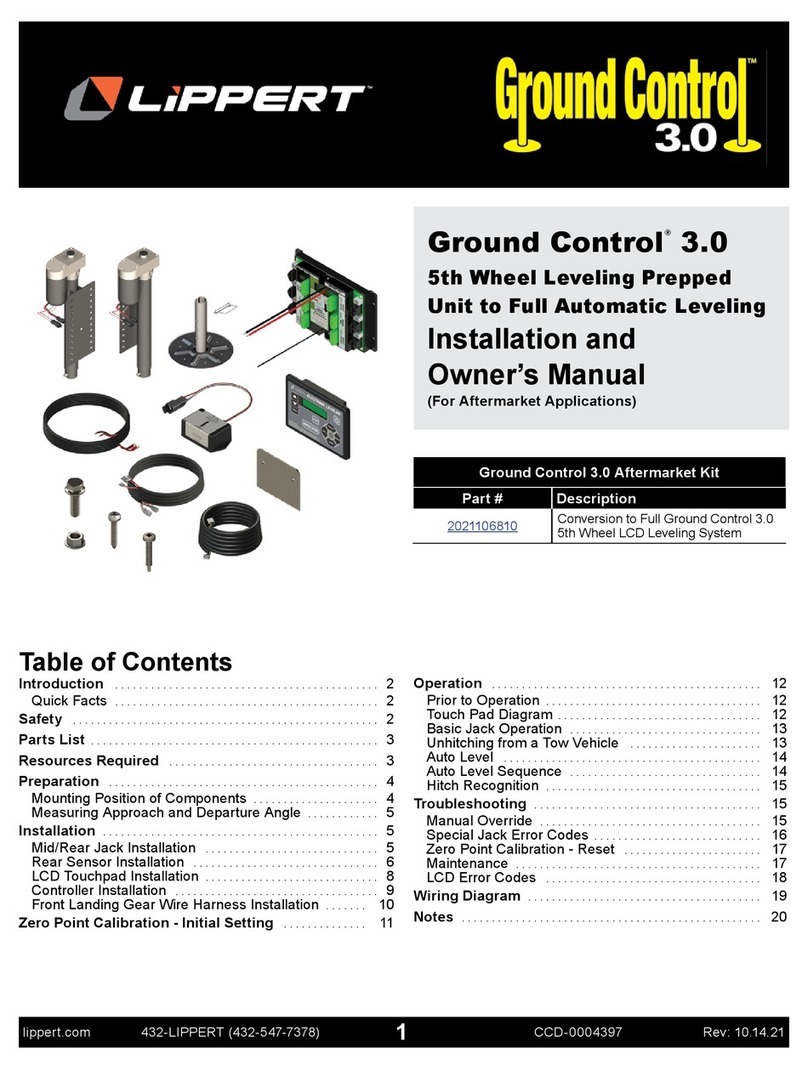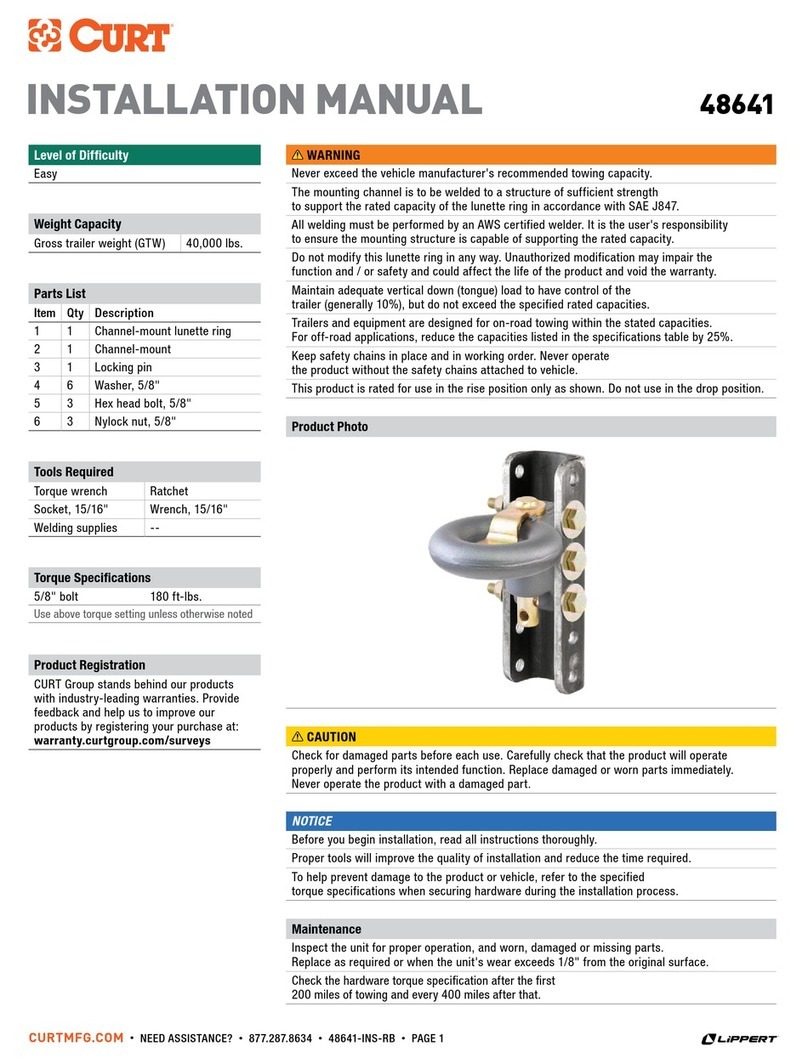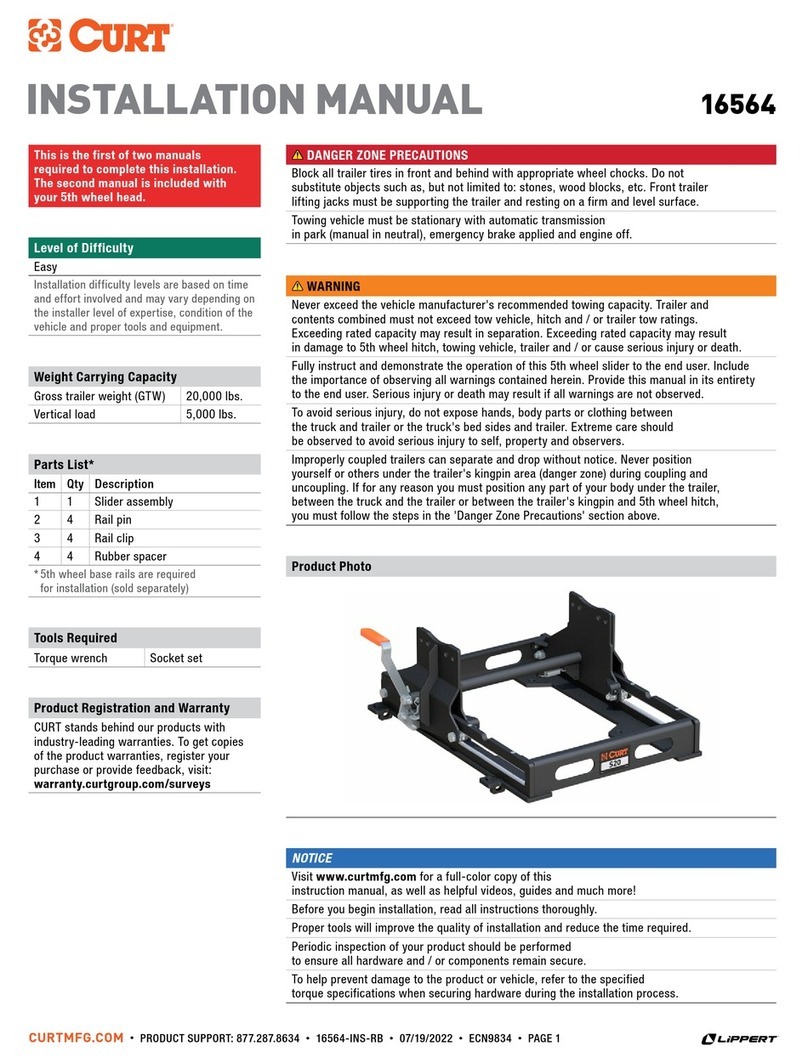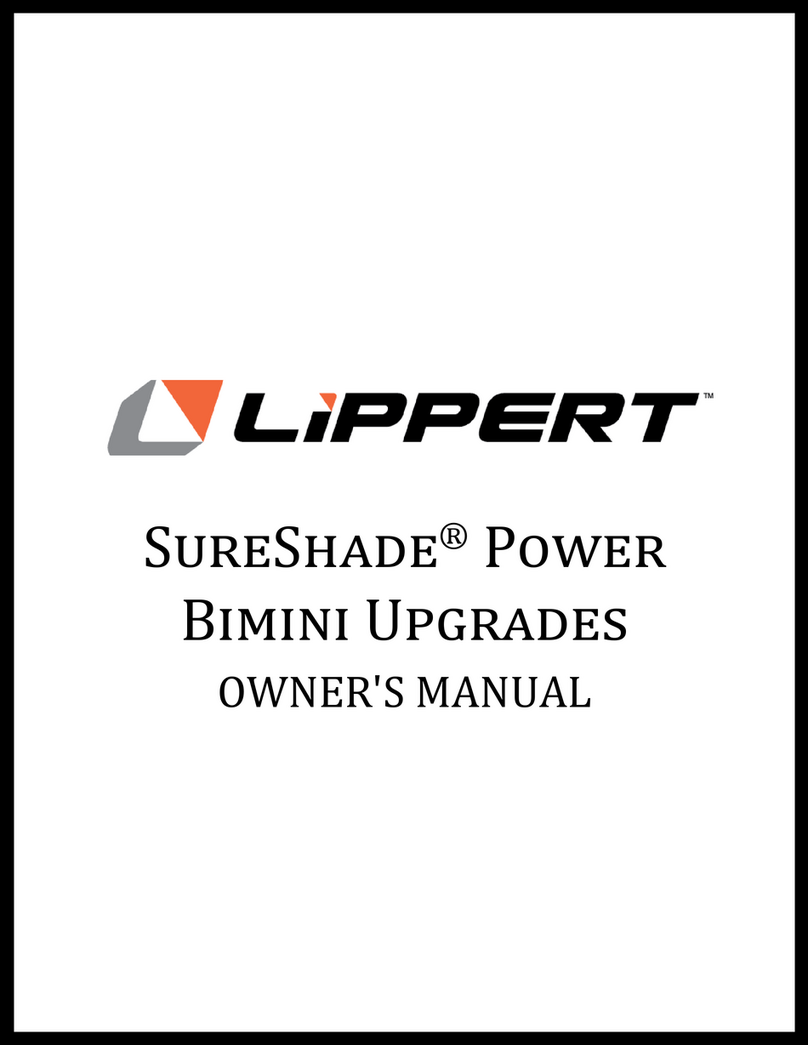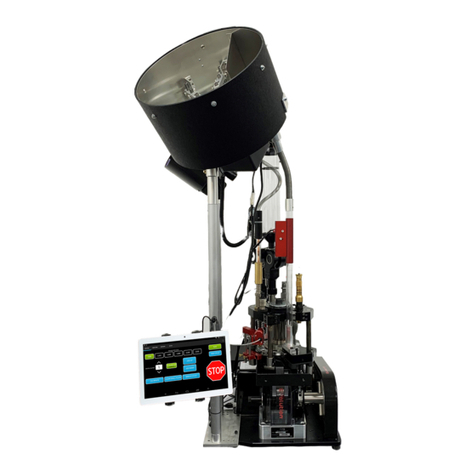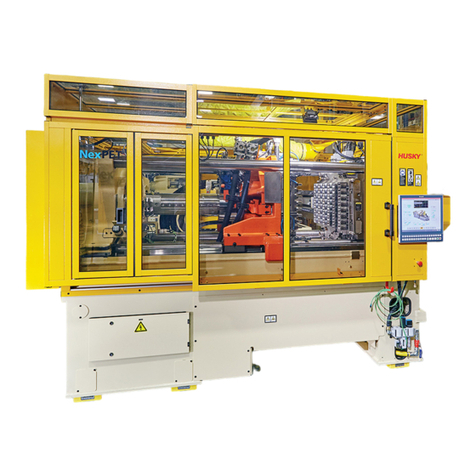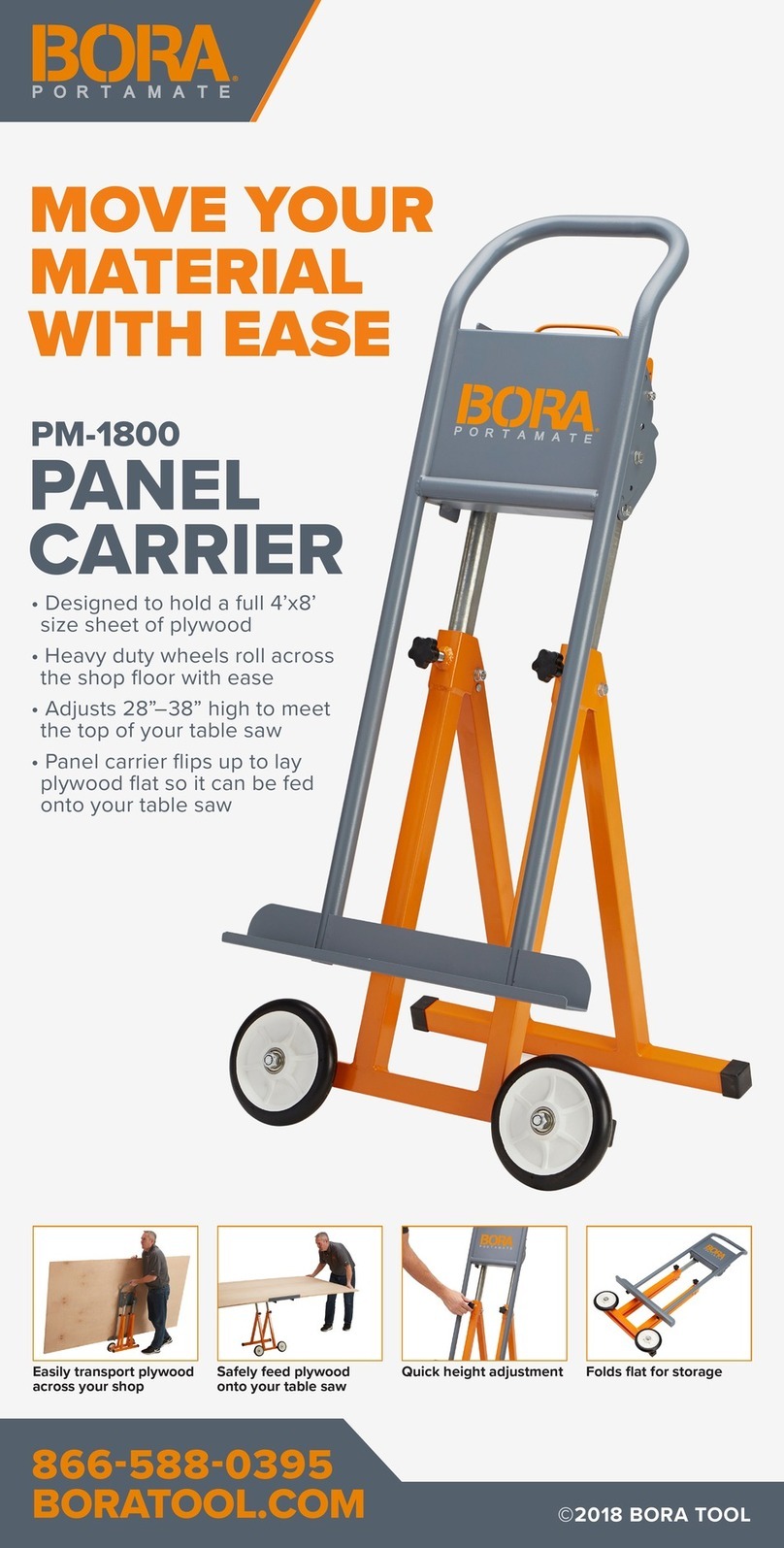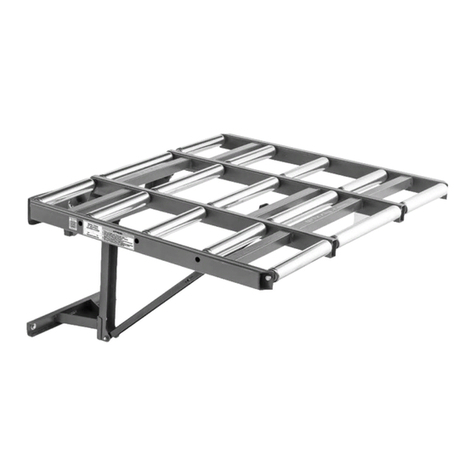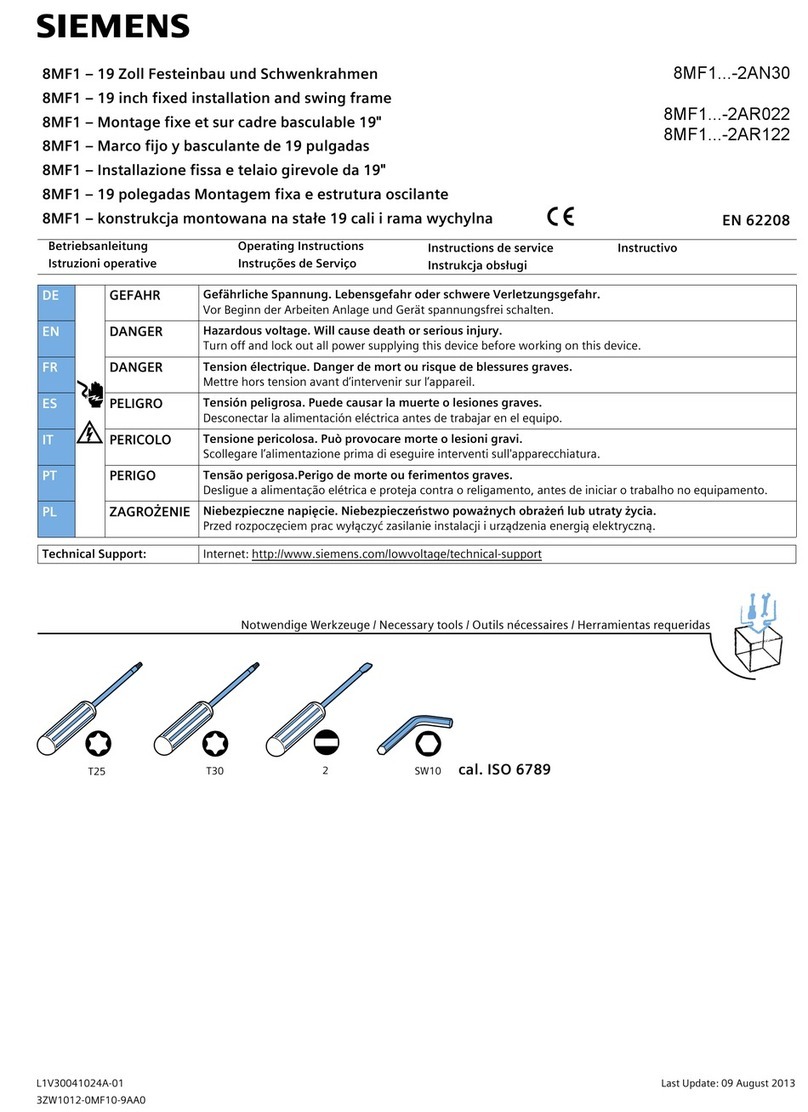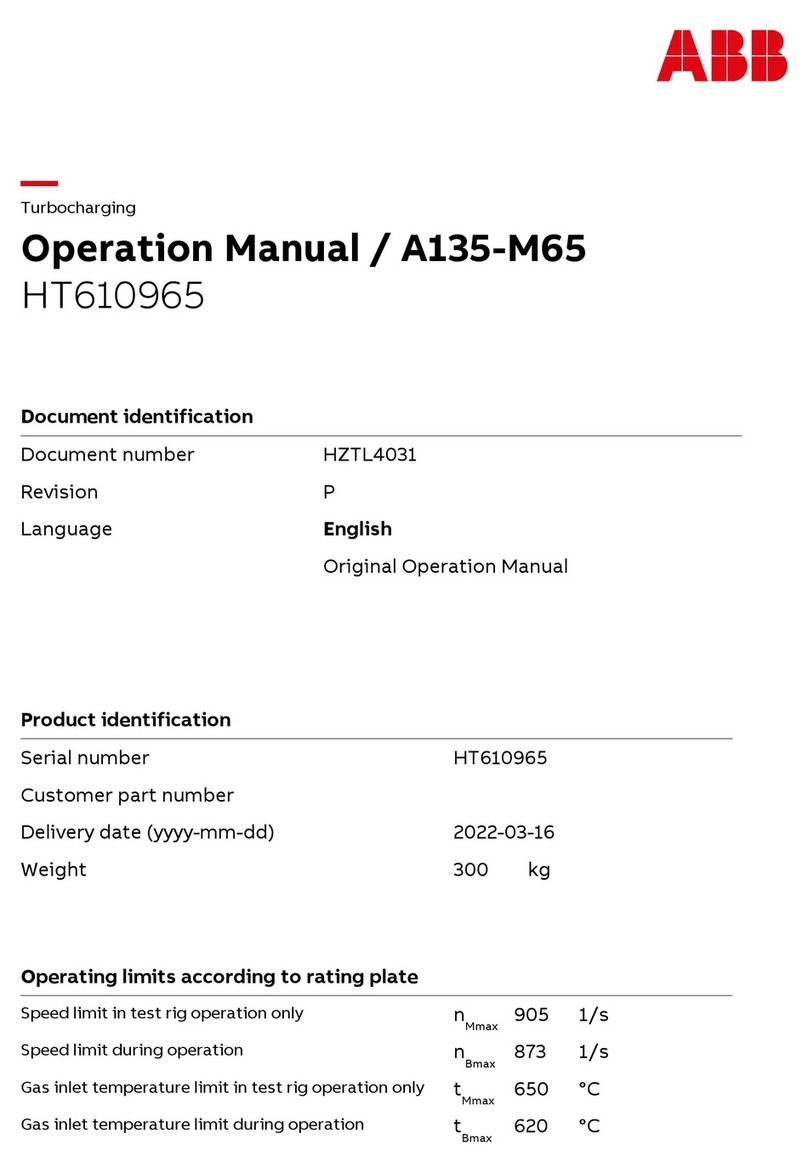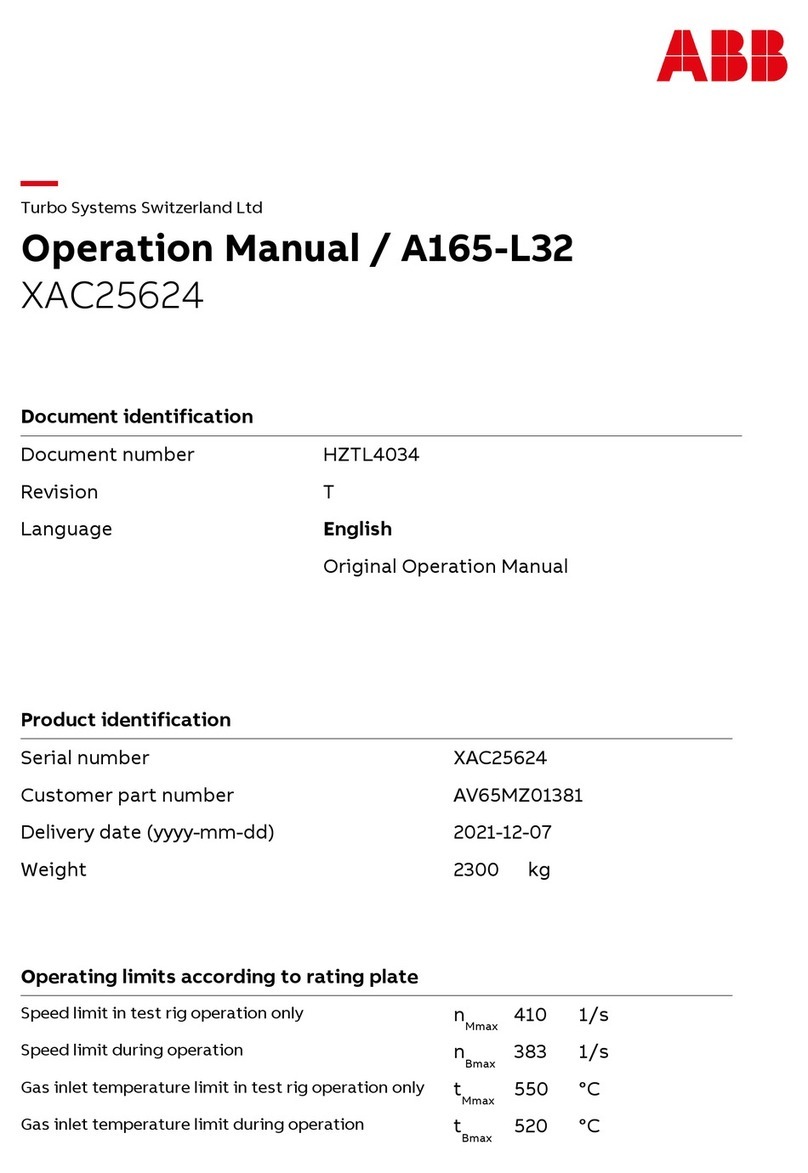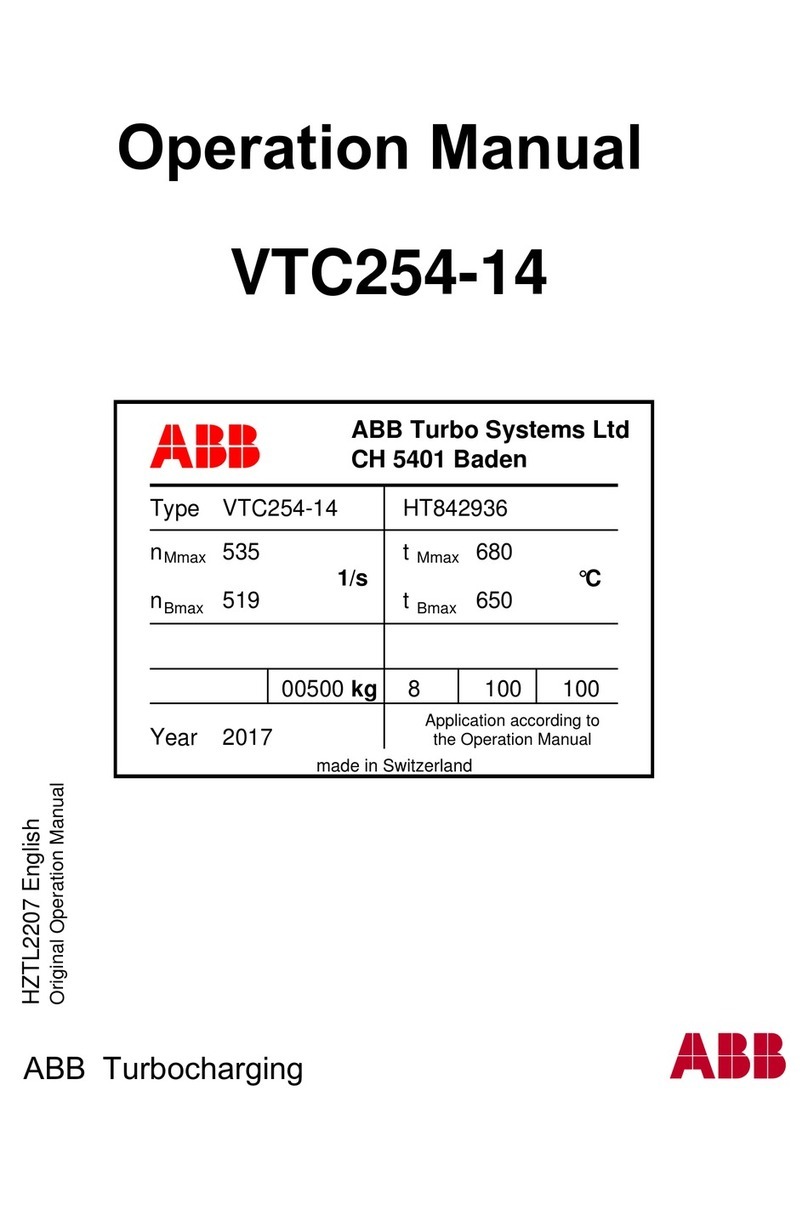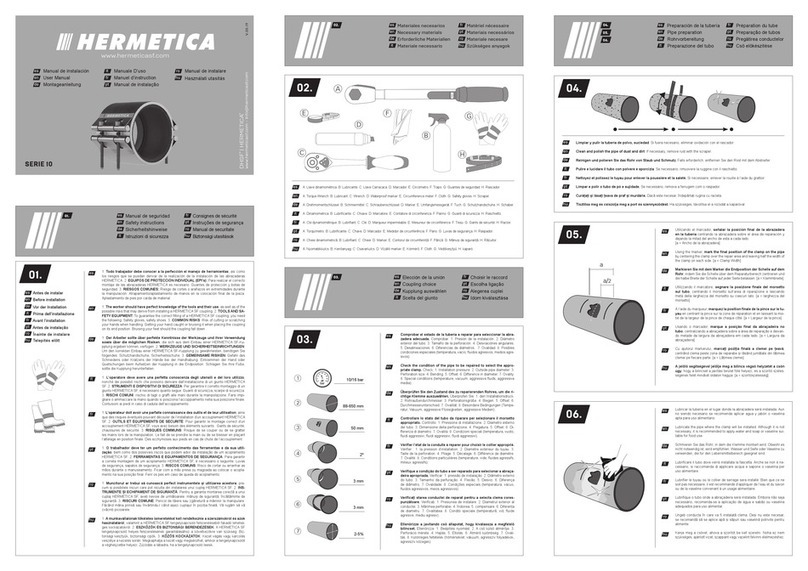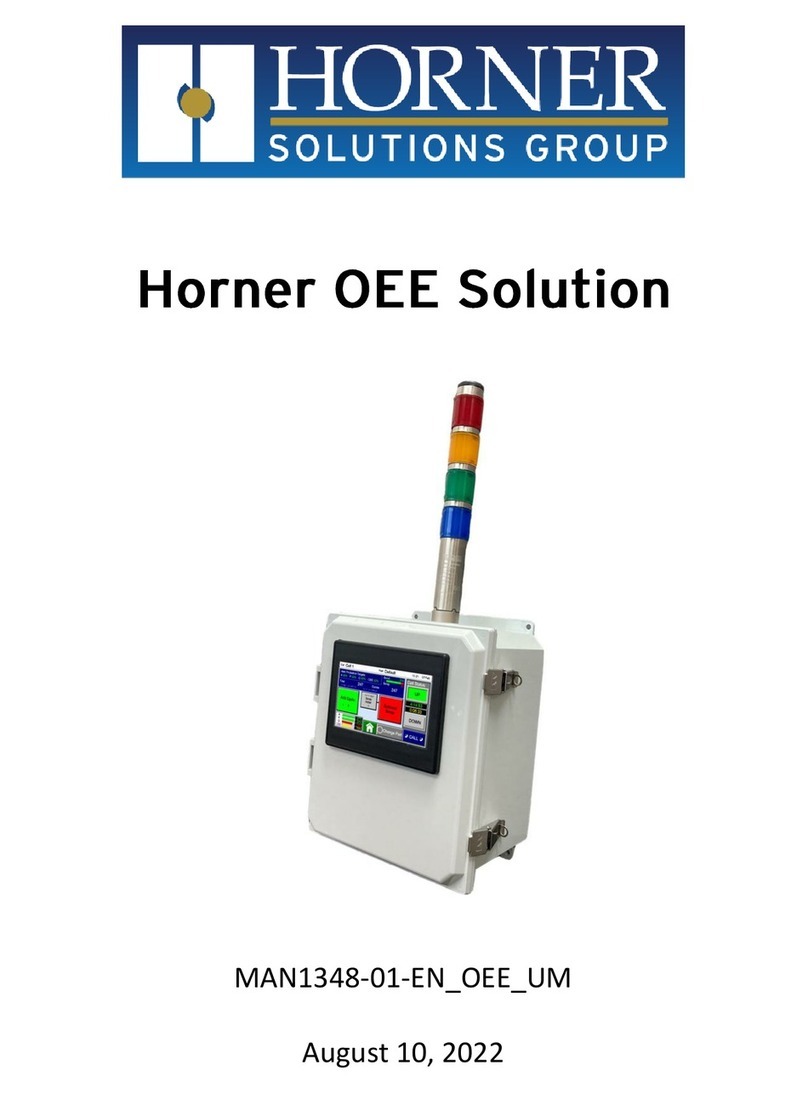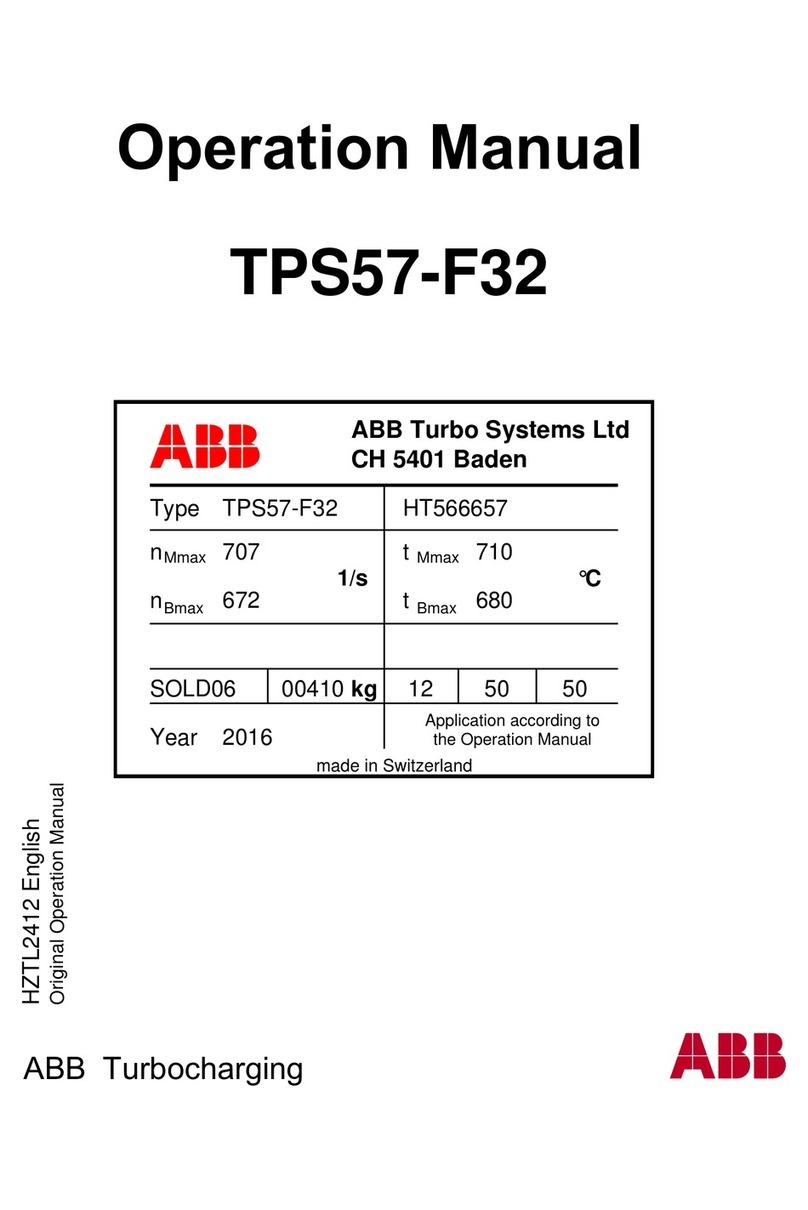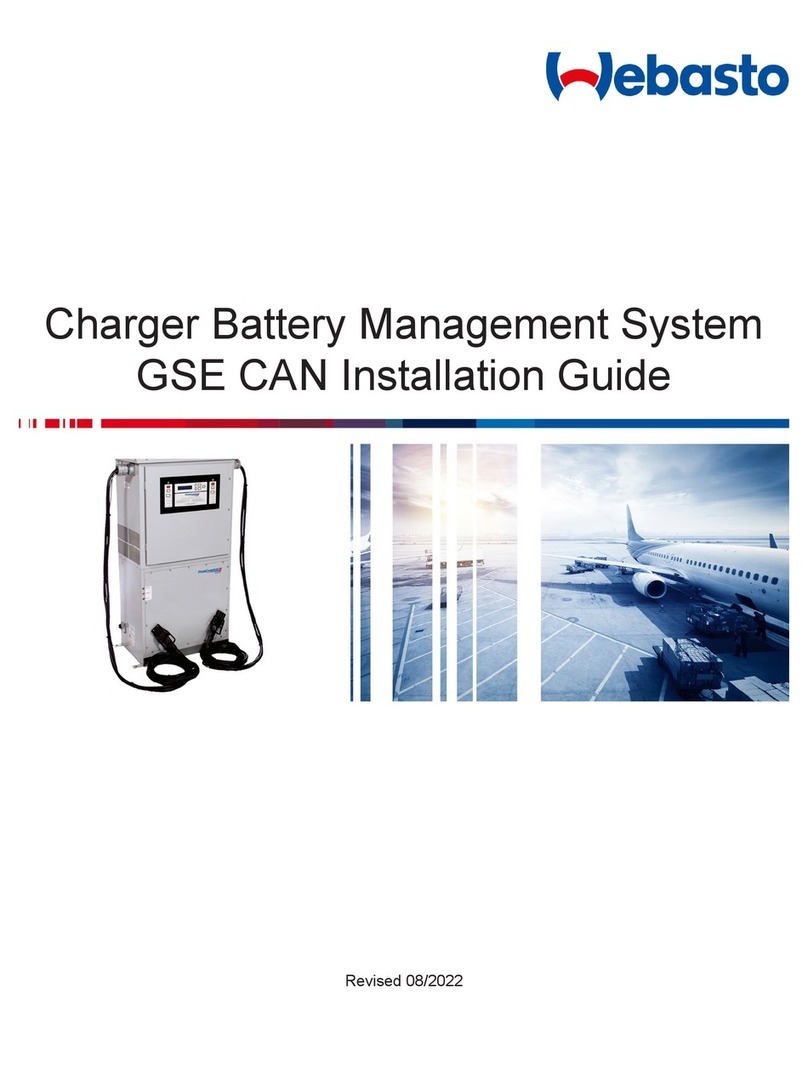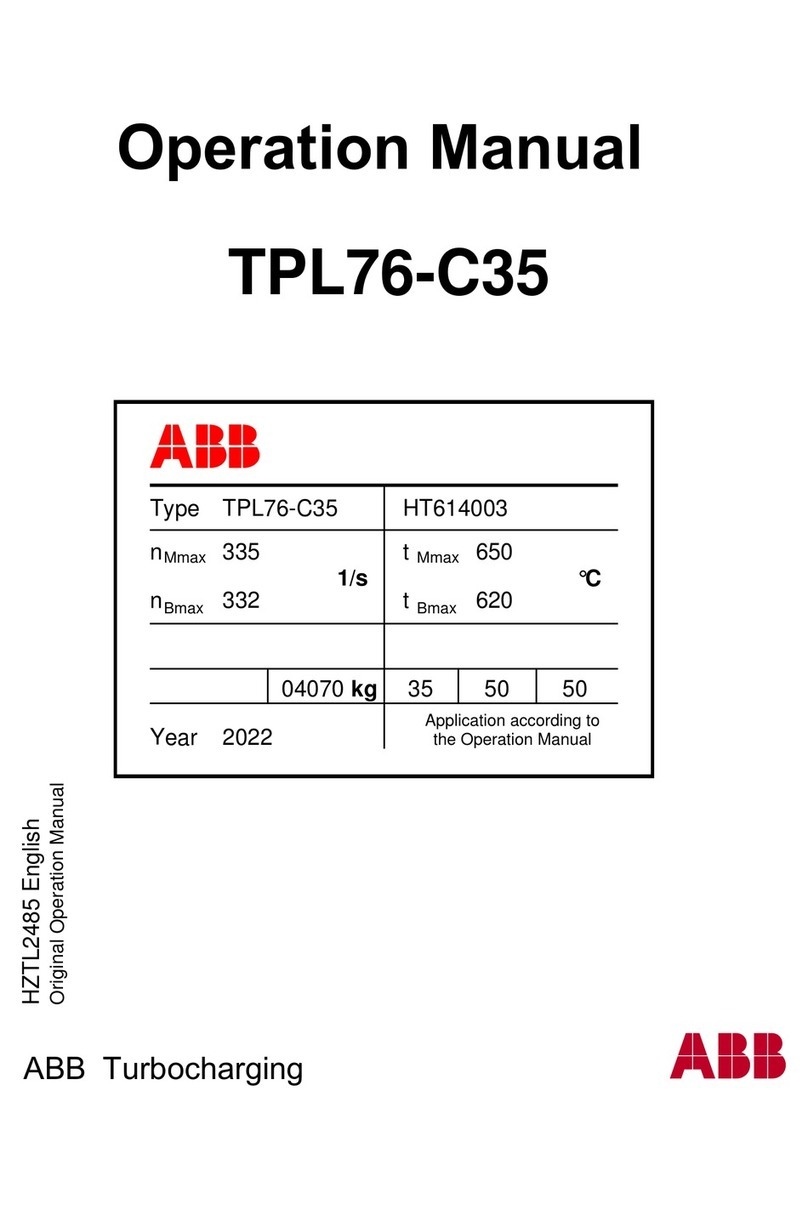
Rev: 08.20.21 Page 3 CCD-0003696
Safety
Read and understand all instructions before installing or operating this product. Adhere to all safety labels.
This manual provides general instructions. Many variables can change the circumstances of the instructions,
i.e., the degree of difficulty, operation and ability of the individual performing the instructions.
This manual cannot begin to plot out instructions for every possibility, but provides the general instructions,
as necessary, for effectively interfacing with the device, product or system. Failure to correctly follow the
provided instructions may result in death, serious personal injury, severe product and/or property damage,
including voiding of the Lippert limited warranty.
Always make sure that the slide-out room path is clear of people and objects
before and during operation of the slide-out. Always keep away from the
gear racks when the room is being operated.
The “CAUTION” symbol above is a sign that a safety risk is involved and may cause personal injury
and/or product or property damage if not safely adhered to and within the parameters set forth
in this manual.
Always wear eye protection when performing service, maintenance or installation procedures.
Other safety equipment to consider would be hearing protection, gloves and possibly a full face
shield, depending on the nature of the task.
Moving parts can pinch, crush or cut. Keep clear and use caution.
Failure to follow instructions provided in this manual may result in death, serious personal injury
and/or severe product and property damage, including voiding of the component warranty.
During servicing make sure that the coach is supported according to the manufacturer's
recommendations. Lift the coach by the frame and never the axle or suspension. Do not go under
the coach unless it is properly supported. Unsupported coaches can fall causing death, serious
personal injury or severe product and/or property damage.
The “WARNING” symbol above is a sign that a procedure has a safety risk involved and may
cause death or serious personal injury if not performed safely and within the parameters set forth
in this manual.
Before actuating the system, please keep these things in mind:
1. Parking locations should be clear of obstructions that may cause damage when the slide-out
room is actuated.
2. Be sure all persons are clear of the coach prior to the slide-out room actuation.
3. Keep hands and other body parts away from slide-out mechanisms during actuation.
4. To optimize slide-out operation, park coach on solid and level ground.
